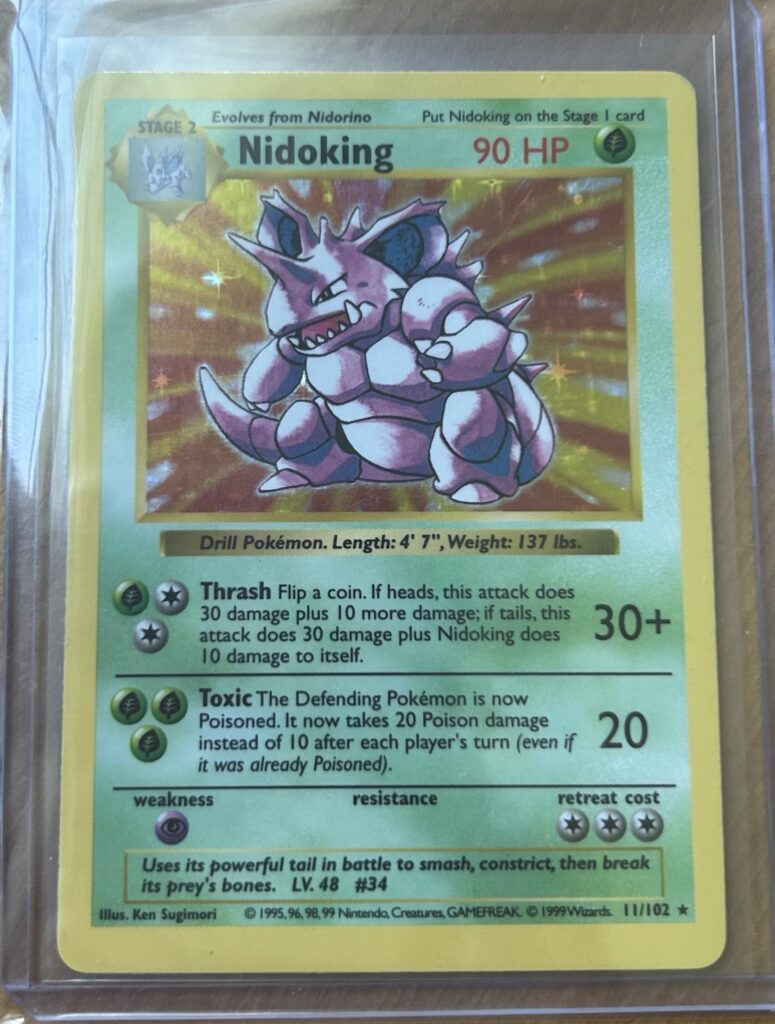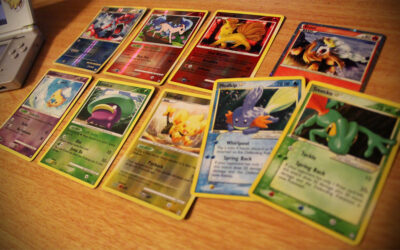Let’s be real: finding a rookie card that’s priced too low is like discovering a $20 bill in your old jeans. And in this hobby, that’s happiness worth chasing. But it’s not pure luck—it’s a mix of strategy, hustle, and a finely-tuned radar.
1. Master the Comparable Sales Drill
No guesswork. Go to marketplaces (eBay, Facebook, COMC) and filter sold listings, matching condition, variant (e.g. refractor, numbered, auto), and certification. If five of the same card sold 30 days ago for $50–$55 and one is listed at $40 buy-it-now? That’s your low-hanging money.
2. Know the Upcoming Catalyst Moments
Upcoming MLB debuts, NFL camps, NBA preseason shine—they move markets. A rookie currently at $15 could jump to $40 after hitting a home run or making an All-Star roster. When you’re monitoring these early signals, sometimes a quiet $15 buy today pays dividends tomorrow.
3. Understand Set Saturation vs. Scarcity
Mass-produced chrome or flagship rookies often flood the market, depressing prices until a standout moment. But hobby-exclusive parallels, serial-numbered prints, or short-print flagships are where you find hidden volume. Knowing which sets are overprinted vs. scarce makes all the difference.
4. Condition Is King
You already know this intellectually, but do you inspect cards like a TSA agent on edge? Corners, centering, surface, edges—these define condition tiers. A card that “looks okay” could be getting slammed by centering, dropping it from $30 to $15. A quick loupe or lightbox inspection pack can save that mistake.
(And hey—if you don’t have a simple loupe yet, a $10 Amazon jeweler’s loupe is a flipping tool that pays for itself fast.)
5. Check Grading Penalties & Slab Premiums
A raw rookie priced at $25 might be a $55 PSA 9 or $75 PSA 10—but you also pay grading fees and wait months. Sometimes that same rookie has an SGC 9 slab listed for $50. Knowing where grading adds or subtracts value (and factoring turnaround) helps spot real opportunities.
6. Track Rookie Salary & Contract Situations
A rookie locked into a multi-year rookie deal won’t lose trade value unexpectedly. But if they’re nearing arbitration or a contract year, even mild slumps can tank prices. Conversely, rookies locked into extensions or exhibiting breakout growth get fast price upticks—sometimes before the mainstream market catches on.
7. Watch Non-Game Promotions
Mid-tier rookies can skyrocket after non-game exposure—entering a commercial, feature documentary, or even trending on TikTok can spike interest. Remember those baseball cards of guys who play in fan-favorite Saturday morning specials? That’s real. Keep your eye on the internet’s curveballs.
8. Confidence in Volume
Don’t get precious. Although landing a $100 rookie gem on purpose is nice, most serious success happens in low-to-mid price tiers running 20–40 units per flip. By chasing volume, you multiply small wins into real revenue. If you’re scanning dime boxes and paying attention, you’ll find dozens of $10–$30 rookies that retail for $5–$10 under comps.
9. Use Watchlists Like a Bullseye Board
Create watchlists on eBay or marketplace apps for rookies you’re tracking. Set alerts for price drops below a certain threshold. See “Under $15 BIN” appear? Bam—that’s where the undercut live. Quick grab wins feed momentum and bankroll your next move.
10. Calendar Your Market Flips
Flip cycles matter. Hot rookies see value rise in waves—often tied to performance or team success. If you bought a rookie in April and he rediscovers form in July, there’s profit to be had. Track performance cycles and match them to card timing. That way you’re not holding through dips or missing peak sell windows.
11. Network with Other Flippers
Insights come fastest from conversations. Hobby groups and Discord servers (like “Card Flips” or team-specific chapters) often tip undervalued picks before mainstream. A private heads-up like “just spotted a priced-to-sell Bowman Chrome rookie under market” is often your best lead.
12. Audit Your Flips Periodically
Track your flips like a CFO: date bought, buy price, sell date, sell price, profit, ROI %. After 30–40 flips you’ll see which categories (draft-night relics, base rookies, refractors, rookies from small-market teams) hit consistently. Then double down on that zone.
Make Spotting Undervalued Rookies a Skill, Not a Scavenger Hunt
All these tactics come together as a system: comps + condition inspection + catalyst awareness + volume + network intelligence. Use them, and you won’t just hope to find bargains—you’ll build a habit that prints predictable flips and sharpens your market sense.
So next time you scroll “rookie cards” listings and your brain goes “this looks low…”, trust that instinct. Validate with comps. Check condition. Think about upcoming catalysts. And then smack that Buy Now button. That moment of undervaluation? That’s your CardSZN moment.





0 Comments